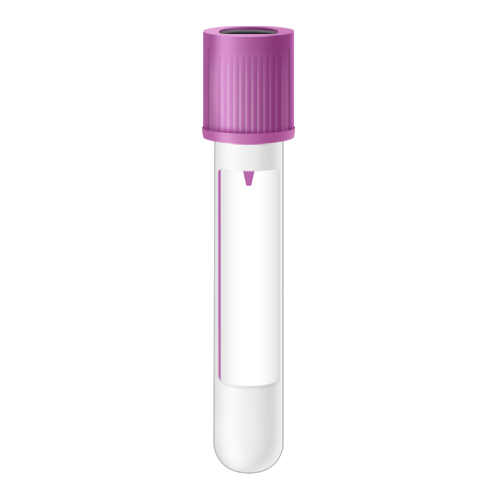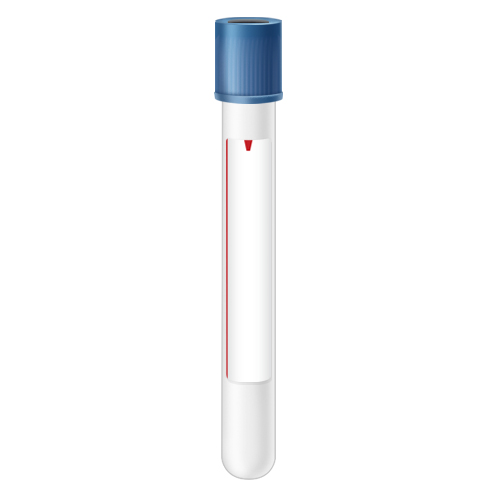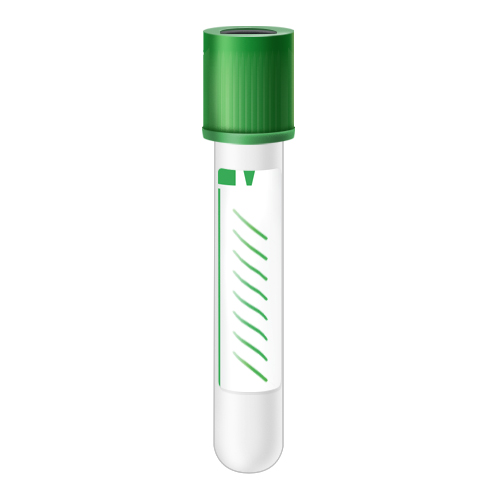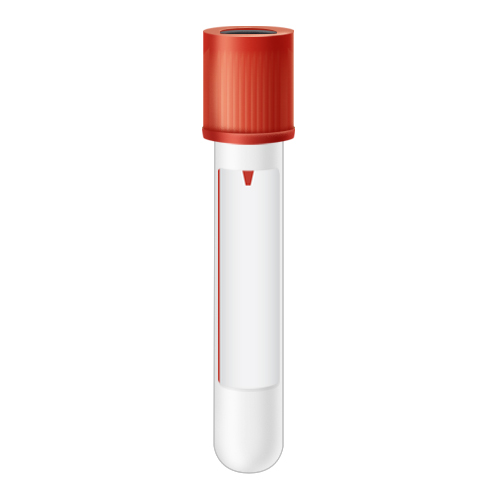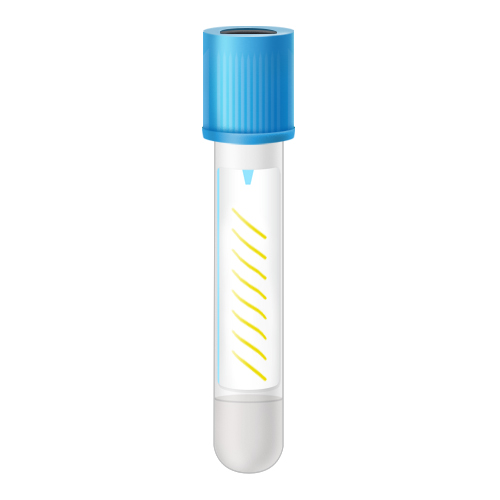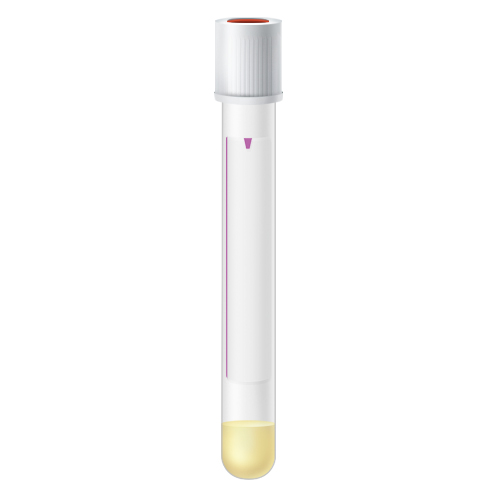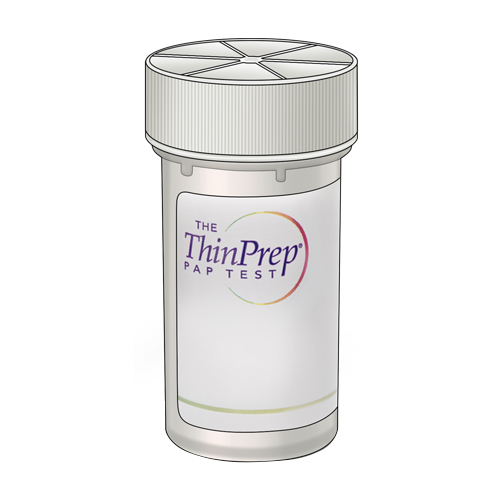If you’re packing up to head back to campus or are sending off a scholar – the start of a new semester is the perfect time to encourage sexual health education. Staying informed about the heightened risk for sexually transmitted infections that college students may face is an important factor in supporting sexual and overall health.
STIs 101
Sexually transmitted infections (STI), sometimes referred to as sexually transmitted diseases (STD), are infections caused by bacteria, viruses, or parasites passed from one individual to another during sexual contact.1 STIs are common – according to the Centers for Disease Control and Prevention (CDC), millions of new infections occur each year in the U.S.2
Anyone who is sexually active can contract an STI, but some factors indicate a greater risk for infection – like being in early adulthood. Individuals ages 15 to 24 accounted for almost half of the 26 million new STIs in 2018, according to a CDC report.2
Common STIs
STIs to be aware of include:3
- Chlamydia
- Gonorrhea
- Trichomonas
- Genital herpes
- Human papillomavirus (HPV)
- Syphilis
- Hepatitis B
- Human immunodeficiency virus (HIV)
STI symptoms vary depending on the infection but may include unusual discharge, warts and sores or itching and redness in the genital area, painful urination, and more.1
While some conditions, like genital herpes, cannot be cured, treatment can prevent outbreaks and reduce the risk of passing the infection. Certain infections, like chlamydia and gonorrhea, often appear without symptoms but can lead to serious health problems if left untreated. HPV, the most common STI in the U.S., may lead to certain cancers – but can be prevented with vaccines.3
Why Are Younger Adults At Greater Risk for STIs?
There are several reasons people ages 15 to 24 are at increased risk, like the fact that young women’s bodies are more susceptible to this type of infection. Other factors may include a reluctance to discuss STI status, having multiple sexual partners, or lack of access to – or avoidance of – recommended STI testing.2
The Importance of Testing for STIs
STIs may be common – but they can be prevented. If you are sexually active, the first step to preventing STIs is knowing where you and your partner stand. Many STIs show no symptoms – but even symptomless infections can pass from person to person.2
BioReference® offers Sexual Health profiles for women and men that assist your healthcare provider in determining STI status and provide you with answers. Consult your healthcare provider to see if STI testing, or what kind of STI test, may be right for you at this time. Wondering where to get STI testing on campus? Check with your college or university to see what sexual health services and resources are available to students.
Sources:
- https://medlineplus.gov/sexuallytransmitteddiseases.html
- https://www.cdc.gov/std/life-stages-populations/stdfact-teens.htm
- https://www.cdc.gov/std/general/default.htm



